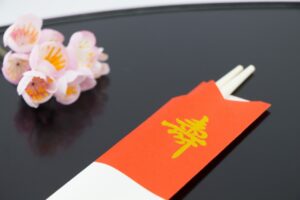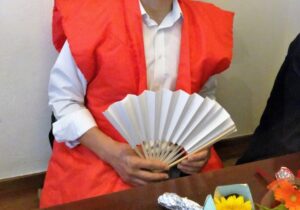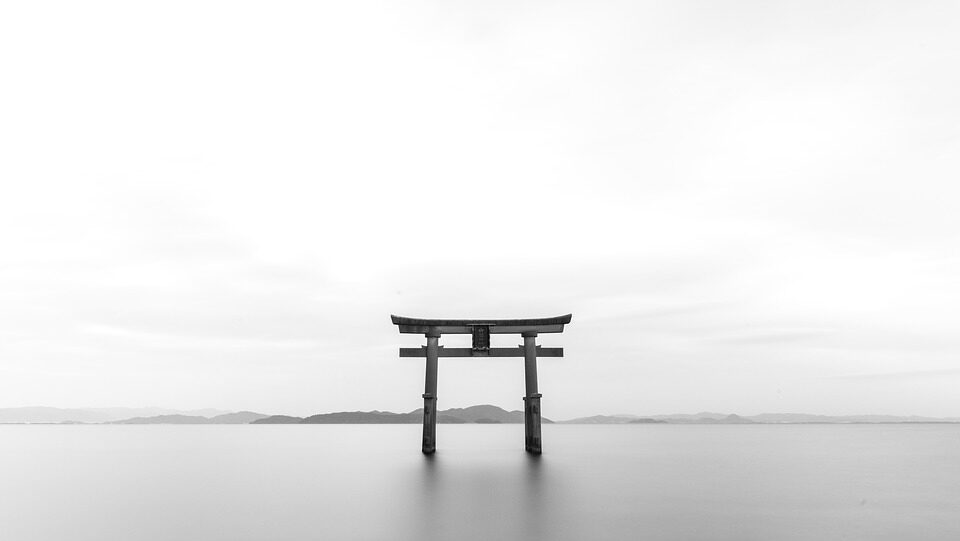【What is kanreki?】Learn about the celebration of longevity in Japan!
In this page, we will introduce the celebration of longevity, such as the “Kanreki”.
What does the word “Kanreki” mean?
Why is it celebrated at the age of 60?
What are the other longevity celebrations besides “Kanreki”?
This is the definitive article on longevity celebrations.
目次
What is the “Kanreki”?

In the old days, the average life expectancy was not long, so people celebrated grandly every ten years after the age of 40.
And since 60 years old in the counting year (61 years old now) is the year when you come back to your own zodiac sign, it came to be called “Kanreki(還暦)” as a celebration of coming back full circle.
In the Edo period (1603-1868), it was also said to be the age for retiring, and it has the meaning of “rebirth”.
What kind of celebration do we have for the “Kanreki”?

When a person reaches his or her “Kanreki(60th birthday)”, the whole family gathers to celebrate, and a red cape and “Chanchanko” are given to him or her.
Since “Kanreki” means “be born again”, it means to wear the same clothes as when you were just born.
In the olden days, people wore red baby clothes to ward off evil.
In modern times, gifts have become more diverse, with more and more gifts such as red scarves, ornaments, and trips.
Celebration of longevity after the “Kanreki”
After the “Kanreki”, there are many other celebrations for longevity in Japan.
Here are some of them, along with their ages.
70 years old “Koki(古希)”
It is based on a passage from the Chinese poet Du Fu(杜甫)’s “Song Jiang Shi”: “Life is 70 years old and rare(Koki).
77 years old “Kiju(喜寿)”
The abbreviation for “喜” is “㐂”, which looks like a series of seven(七).
80 years old “Sanju(傘寿)”
The word “仐” is an abbreviation for “傘(umbrella)”, which looks like eighty(八十).
88 years old “Beiju(米寿)”
It was named after the character for “米(rice)” which, when broken down, looks like “八十八(88)”.
90 years old “Sotsuju(卒寿)”
The word “卆” is an abbreviation for “卒(Sotsu)”, which looks like ninety(九十).
99 years old “Hakuju(白寿)”
It is named for the fact that “白(white)” is obtained by subtracting “一(one)” from “百(hundred)”.
100 years old “Hyakuga or Momoga(百賀)”, “Hyakuju or Momoju(百寿)”, and “Kiju(紀寿)”
The words “Hyakuga” and “Hyakuju” literally mean celebrating 100 years of age.
百(Hyaku) means hundred.
The “紀寿(kiju)” in “紀(Ki)” means that the person has lived a century(紀).
After age 101
There is “108 years old :茶寿(Chaju)”, “111 years old: 皇寿(Kouju)”, “120 years old: 大還暦(Dai-Kanreki)”, “250 years old: 天寿(Tenju)” etc….
Colors for longevity celebration
Just as the color of the “Kanreki” is red, there is a color for celebrating after the “Koki”.
In many cases, gifts are given in each of these colors.
“Koki(古希)” “Kiju(喜寿)”…”Purple“
“Sanju(傘寿)”, “Beiju(米寿)”…”Yellow (golden brown)“
“Satsuju(卒寿)”, “Hakuju(白寿)”, “Hyakuga(百賀)”…”White”

Knowing how to celebrate longevity
Unlike in the past, the average life expectancy has increased, so it is not uncommon to celebrate a person’s “Kanreki(60th birthday)”, or even over 100 years old.
However, I thought that celebrating a person’s “Kanreki” would be a milestone in their life and an opportunity to renew their spirit as well as their joy.
Wearing something red in the sense of “be born again” is a pretty good way to mark the life, and I think it adds a deeper meaning.
